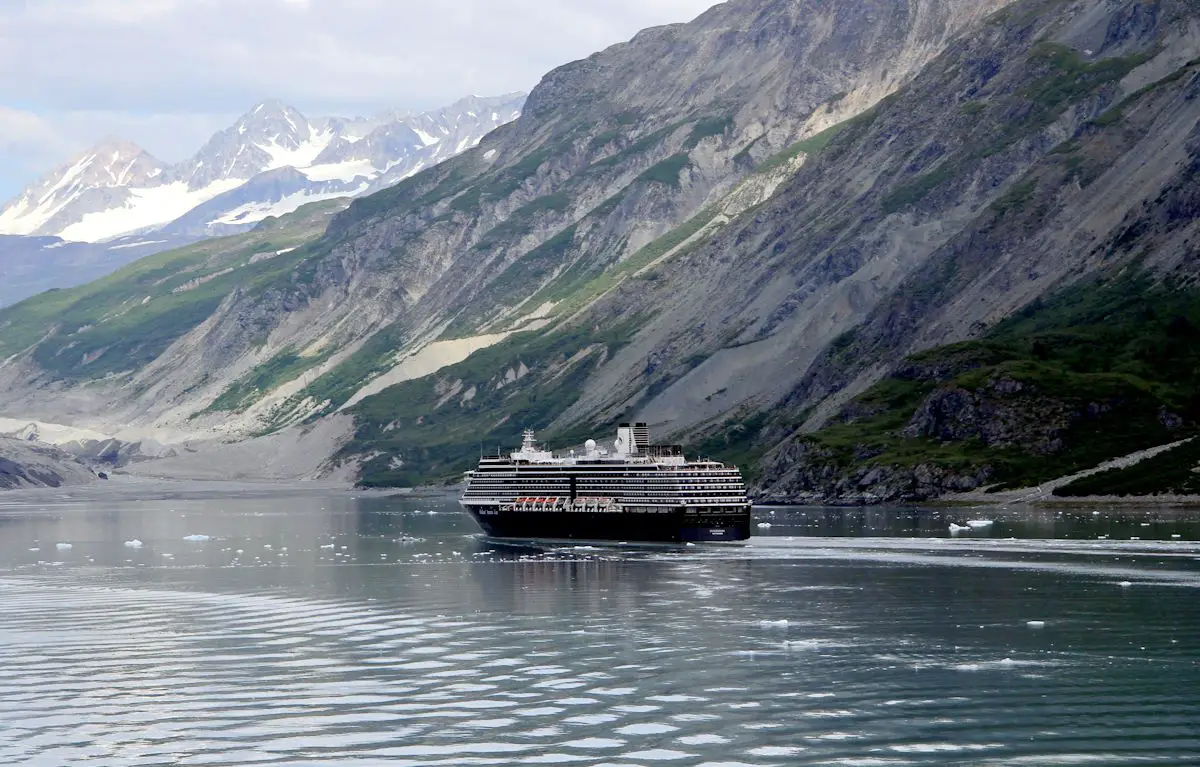Home » Can cruise ships tip over or sink?
Can cruise ships tip over or sink?
Last updated on May 15th, 2025 at 03:26 pm
If you’re ever looking at a cruise ship, noticing how tall and narrow they look, you might be thinking to yourself “can cruise ships tip over?” or “Could this cruise ship sink?” – You aren’t alone in wondering.
Cruise ships are marvels of modern engineering, designed to whisk you away to stunning destinations in comfort and safety. But some travelers worry about rare events like tipping or sinking. Rest assured, these risks are incredibly low thanks to advanced ship designs, strict regulations, and top-notch safety protocols.
This article explores why cruise ships are so stable, how they avoid sinking, and what you can do to feel confident onboard. Whether you’re dining in style or exploring ports, you can relax knowing ships like those from Royal Caribbean or Carnival are built to keep you safe. You will also learn why today’s cruise ships are so stable here: Can Cruise Ships Handle Rough Seas?
Why Cruise Ships Stay Stable
Cruise ships are engineered to handle rough seas without tipping over. Their designs prioritize balance and resilience. Here’s how they stay steady:
- Low Center of Gravity: Heavy machinery and fuel tanks sit low in the hull. This keeps the ship grounded, preventing tipping. Wide hulls add extra stability.
- Stabilizers: Wing-like structures extend from the hull to reduce rolling. Ships from Norwegian Cruise Line or Carnival use these to smooth out choppy waters.
- Ballast Systems: Water tanks adjust weight distribution. This helps maintain balance in stormy conditions.
- Reinforced Hulls: Strong steel construction withstands impacts. Watertight compartments stop water from spreading if there’s damage.
Capsizing is extremely rare. Even in storms, ships may rock but won’t flip. The 2012 Costa Concordia incident, caused by navigational errors, was an outlier, not a typical cruising scenario.
How Ships Avoid Sinking
Sinking is just as unlikely as tipping. Modern cruise ships are built with layers of protection. Key features include:
- Watertight Compartments: Sealed sections keep flooding contained. A damaged area won’t sink the whole ship.
- Navigation Technology: Radar, sonar, and satellite systems spot hazards like reefs or icebergs. Captains use real-time weather data from sources like the National Hurricane Center to avoid storms.
- Regulatory Oversight: The International Maritime Organization enforces Safety of Life at Sea (SOLAS) rules. Ships undergo regular inspections to ensure seaworthiness.
- Damage Control Systems: Automated sensors detect leaks. Watertight doors close to stop flooding. These systems keep ships like MSC Cruises’ World-class operational.
Incidents like the Titanic are ancient history. Today’s ships, such as Princess Cruises’ Sun-class, have redundancies to stay afloat in extreme situations.
Safety Protocols Onboard
Cruise lines take safety seriously with thorough protocols. These ensure you’re protected, even in rare emergencies:
- Lifeboats and Rafts: Ships carry enough for everyone onboard, plus extra. SOLAS mandates regular maintenance and inspections.
- Muster Drills: Before sailing, you’ll join a safety drill. It covers evacuation steps and muster station locations. Lines like Norwegian and Celebrity Cruises offer digital drills via apps or cabin TVs.
- Crew Training: Crews are trained in fire suppression, evacuation, and first aid. Specialized teams handle rare issues like hull breaches.
- Emergency Systems: Fire detectors, sprinklers, and backup power keep the ship running during crises.
These measures make emergencies manageable, so you can enjoy shows or dining without worry.
What Could Pose Risks?
Tipping or sinking is improbable, but certain scenarios could increase risks. Here’s a look:
- Severe Weather: Hurricanes or rogue waves can test stability. Captains reroute ships to avoid storm paths, using forecasts from the National Hurricane Center.
- Human Error: Navigational mistakes, like in the Costa Concordia case, are rare. Advanced training and automation reduce this risk.
- Mechanical Failure: Engine issues could disrupt operations. Redundant systems ensure ships keep functioning.
- External Impacts: Collisions with other ships or objects are uncommon. Radar and traffic schemes in busy waters prevent these.
Cruise lines plan ahead. They adjust itineraries for storms and maintain ships to avoid mechanical issues, keeping risks minimal.
Historical Context of Maritime Safety
Past disasters shaped today’s safety standards. The Titanic’s sinking led to SOLAS, which requires lifeboats for all and regular crew training.
The Costa Concordia incident in 2012 tightened navigation rules and evacuation drills. Technologies like automatic identification systems (AIS) and global maritime distress systems (GMDSS) improve navigation and rescue coordination.
Newer ships, like Norwegian’s Prima-class, blend eco-friendly designs with enhanced stability. These advancements make cruising safer than ever, so you can explore ports like Nassau or Santorini with confidence.
Tips for a Confident Cruise
Want to feel secure on your cruise? Try these practical tips:
- Join the Muster Drill: Learn safety procedures and find your muster station. It’s a quick way to prepare.
- Pick a Stable Cabin: Book midship on a lower deck. These spots feel less motion, great for rough seas.
- Stay Updated: Check onboard apps or listen to captain’s announcements. Lines like Carnival share weather or itinerary updates.
- Pack Smart: Bring motion sickness remedies, like pills or wristbands. Comfortable clothes suit variable weather on Alaskan or transatlantic cruises.
- Get Travel Insurance: Choose a policy covering medical emergencies or trip interruptions. It adds peace of mind.
Choosing a Stable Cruise Ship
Ship size and design affect stability. Larger vessels, like Royal Caribbean’s Icon of the Seas or Carnival’s Excel-class, are super stable thanks to their size and advanced stabilizers.
Smaller ships, like those from Lindblad Expeditions or Hurtigruten, may feel more motion but are built for agility in places like Antarctica.
Luxury lines, such as Silversea or Regent Seven Seas, offer smaller ships with top-tier safety systems and trained crews.
Onboard Activities During Rough Seas
If rough seas keep you indoors, cruise ships have plenty to offer. Entertainment teams ramp up activities like trivia, craft classes, or movie nights. Kids’ clubs on lines like Disney Cruise Line keep young travelers busy. Spas provide relaxing treatments, and theaters host extra shows.
Dining stays open, with minor tweaks like plastic tableware for safety. You can still savor multi-course meals or grab a burger. These options make sea days just as fun as port visits.
Regional Considerations for Stability
Some cruise regions see rougher seas:
- Caribbean: Hurricanes can cause waves, but ships detour to calmer ports like Cozumel.
- Alaska: The Inside Passage may get choppy in storms. Ships are designed for these conditions.
- Mediterranean: Winter cruises face occasional rough seas. Coastal routes allow easy rerouting.
- Transatlantic: Open-ocean crossings can see swells. Ships like Cunard’s Queen Mary 2 are built for stability.
Captains use weather data to avoid trouble, ensuring a smooth trip wherever you sail.
Industry Commitment to Safety
Cruise lines are all in on safety. They invest in cutting-edge ships and crew training. Regular maintenance keeps systems reliable. The International Maritime Organization enforces global standards, and lines like Princess Cruises go beyond to comply.
Transparency builds trust. Cruise lines share safety info through drills and apps. This lets you enjoy exploring the ship’s casino, spa, or theater without a second thought.
Passenger Role in Safety
You can help keep things safe. Attend the muster drill to know your role in an emergency. Follow crew instructions during rough seas. Use handrails in corridors if the ship rocks. If you feel seasick, visit the medical center—lines like Holland America have remedies ready.
Packing light and smart helps too. A small emergency kit with medications or a flashlight is handy. Your cooperation makes the cruise safer for everyone.
Planning for a Worry-Free Cruise
A bit of prep makes cruising stress-free. Research your itinerary’s weather risks—Caribbean cruises may need extra planning for hurricane season. Travel insurance covering disruptions adds a safety net.
Pick a modern ship with strong stabilizers, like MSC Cruises. With these steps, you’re set for a secure, enjoyable trip.
In Conclusion
Cruise ships tipping or sinking is a tiny risk. Advanced designs, strict regulations, and trained crews keep you safe. Features like stabilizers and watertight compartments ensure stability.
Join the muster drill, pick a midship cabin, and stay informed to cruise with confidence. Enjoy gourmet dining, vibrant ports, or onboard shows knowing the industry has your back.
RECENT POSTS
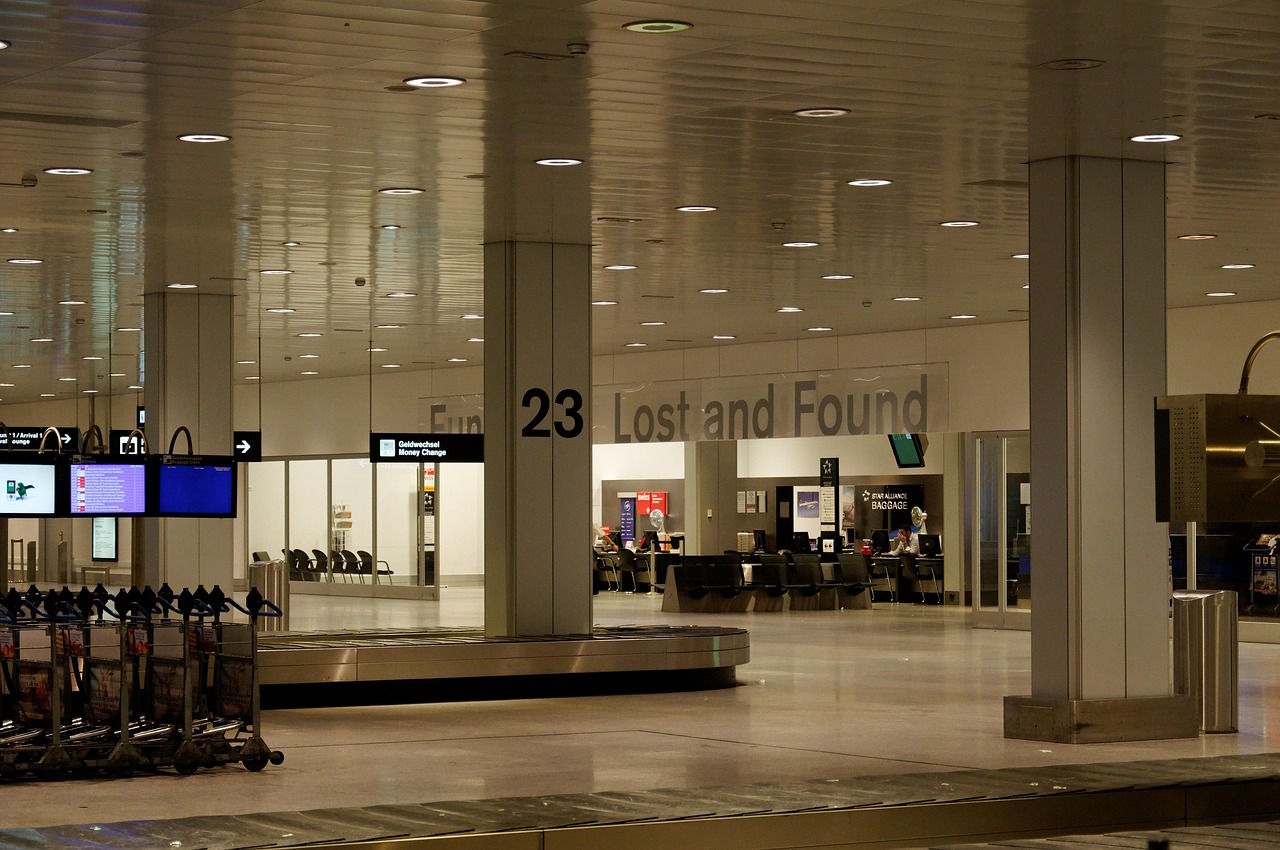
Lost and Found Guide for Cruise Passengers: What to Do and Who to Contact
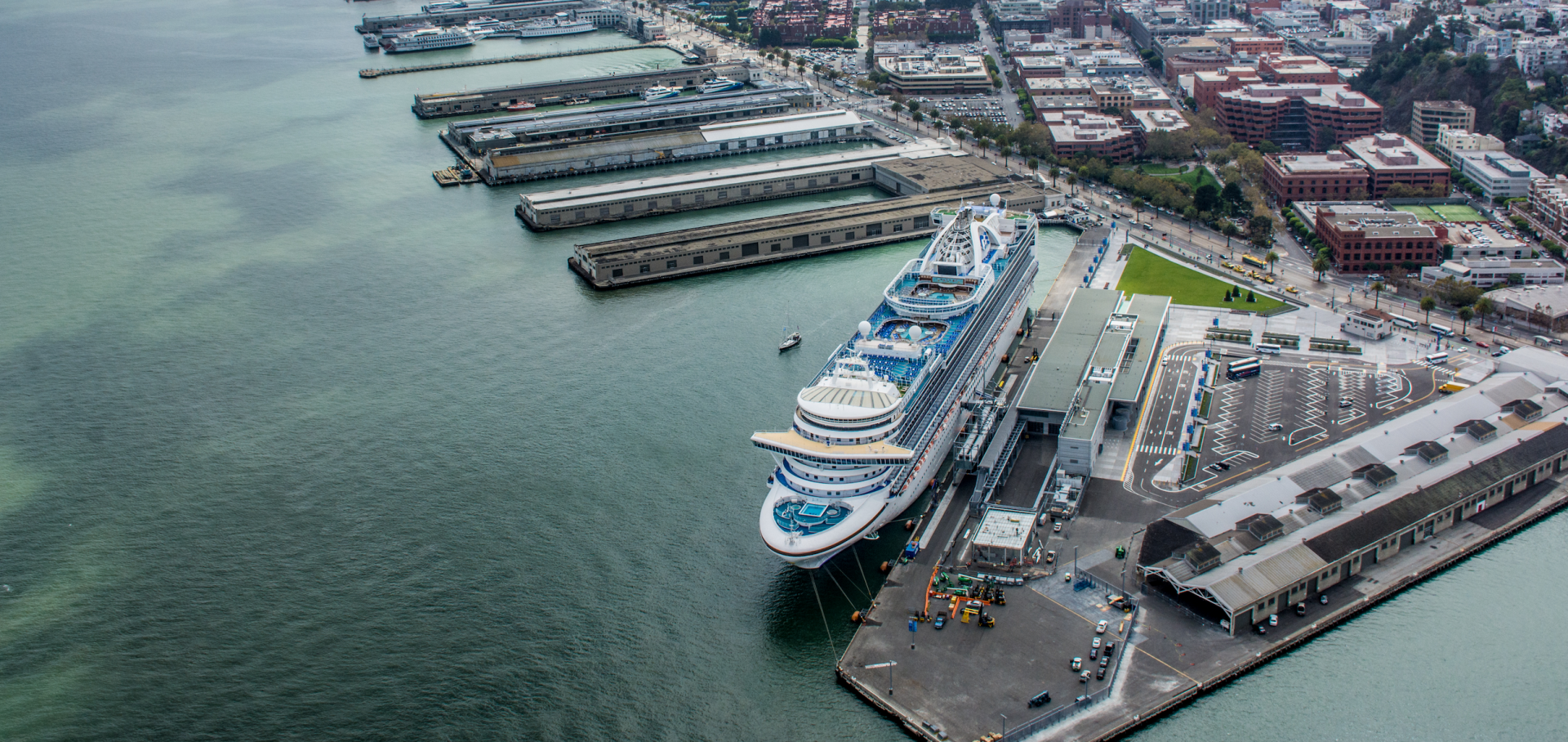
The Future of Cruising: Trends to Watch In This Year and Beyond
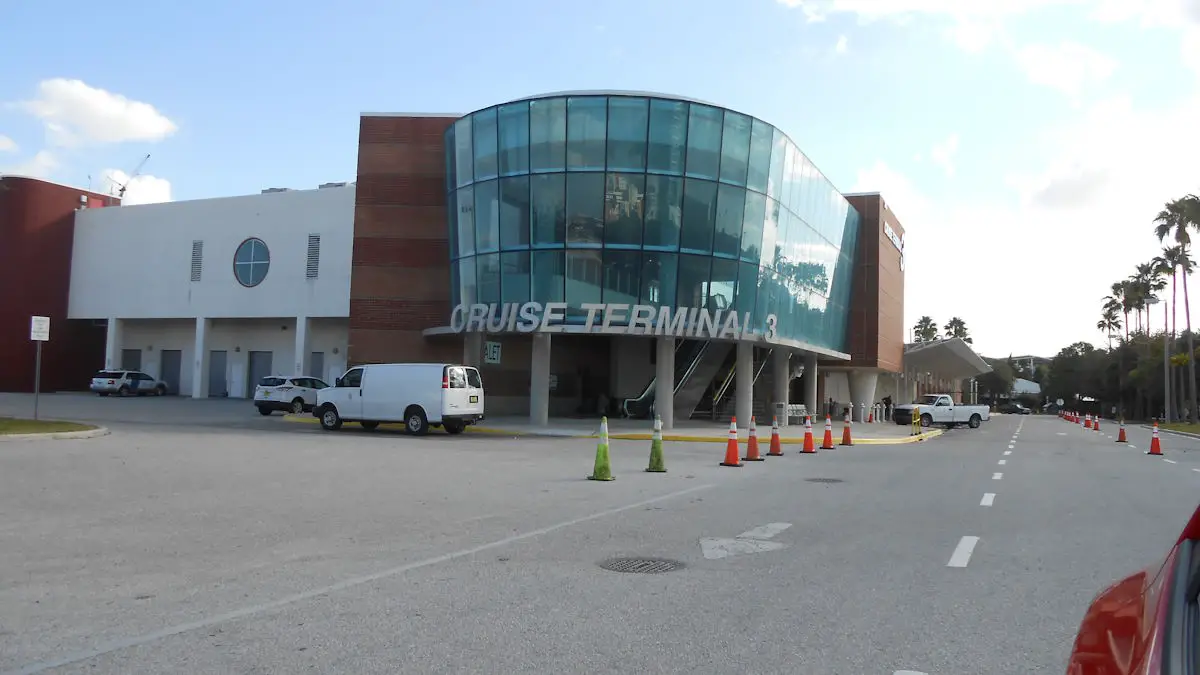
5 Tips for a Smooth Cruise Embarkation Day
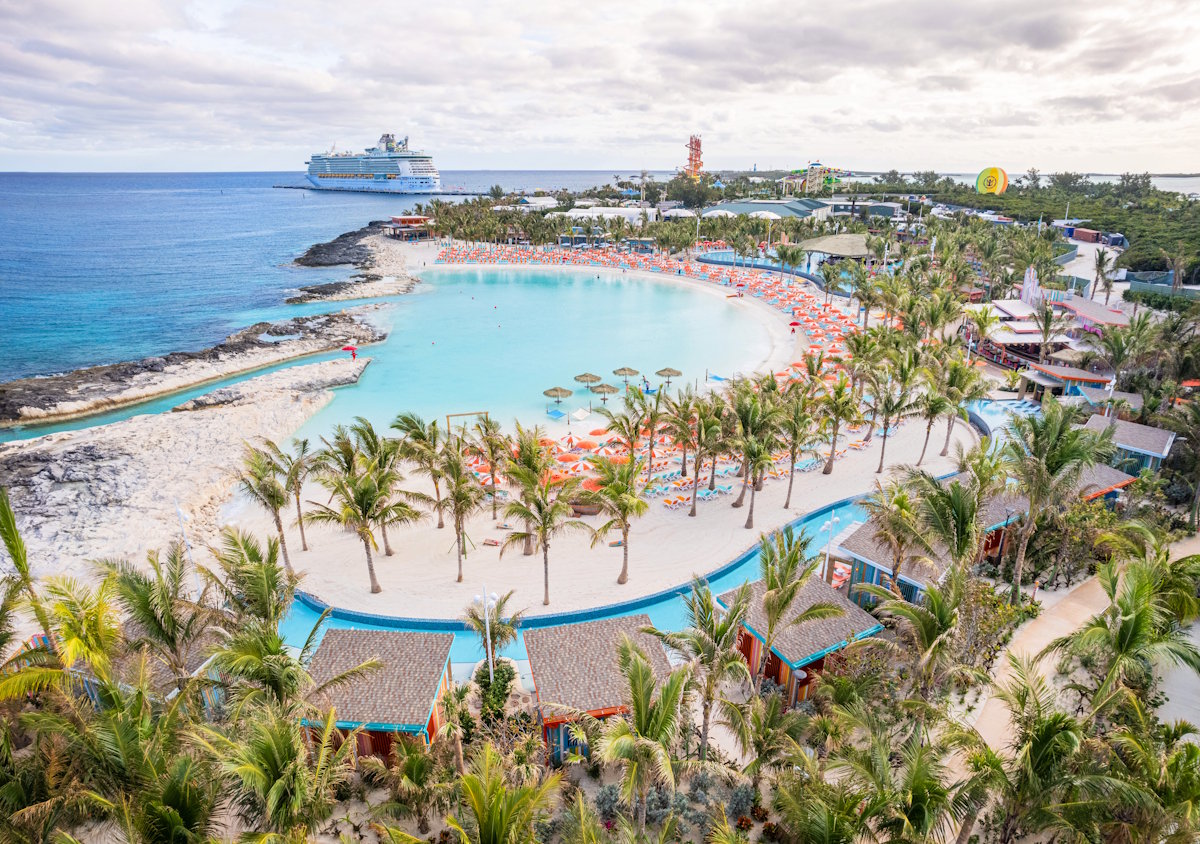
The Rise of Cruiseline Private Islands: What to Expect
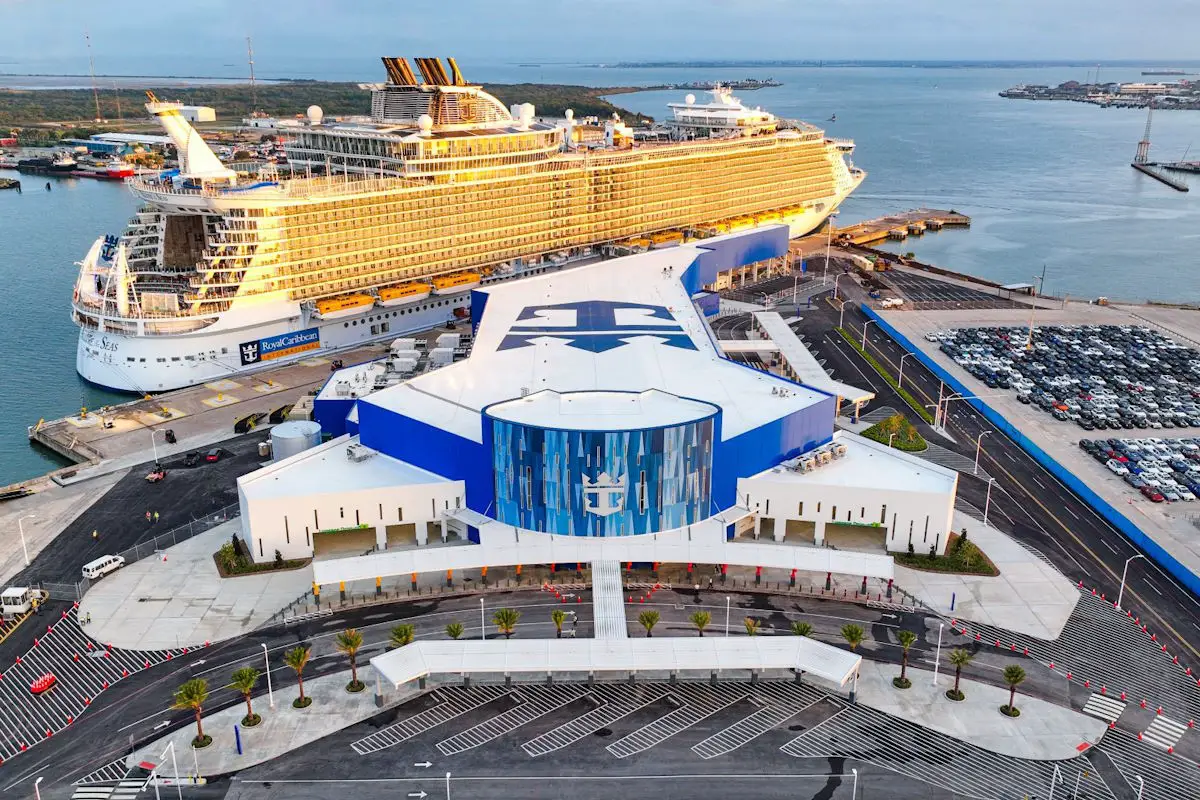
Why Galveston, Texas, Is Becoming a Top Cruise Port
